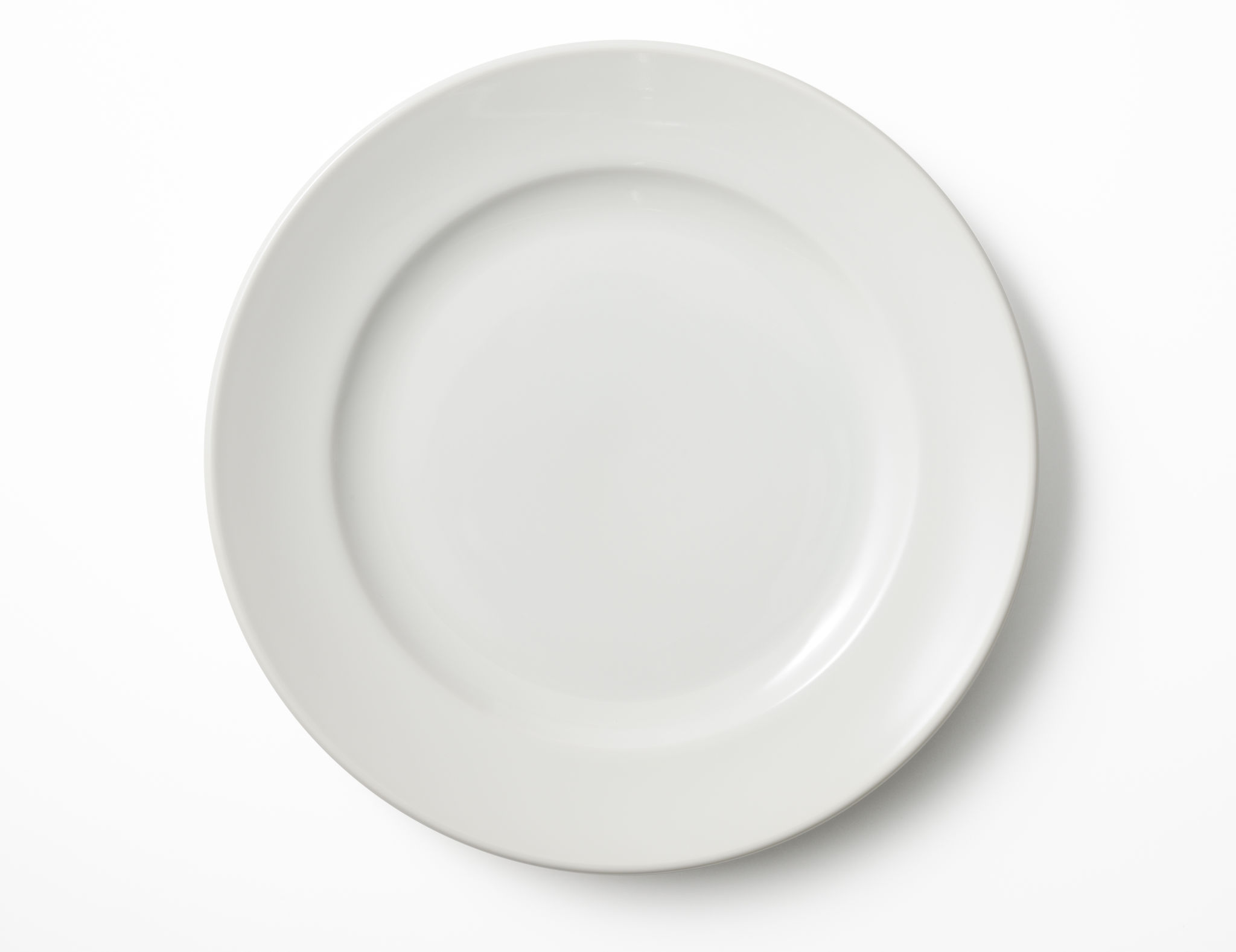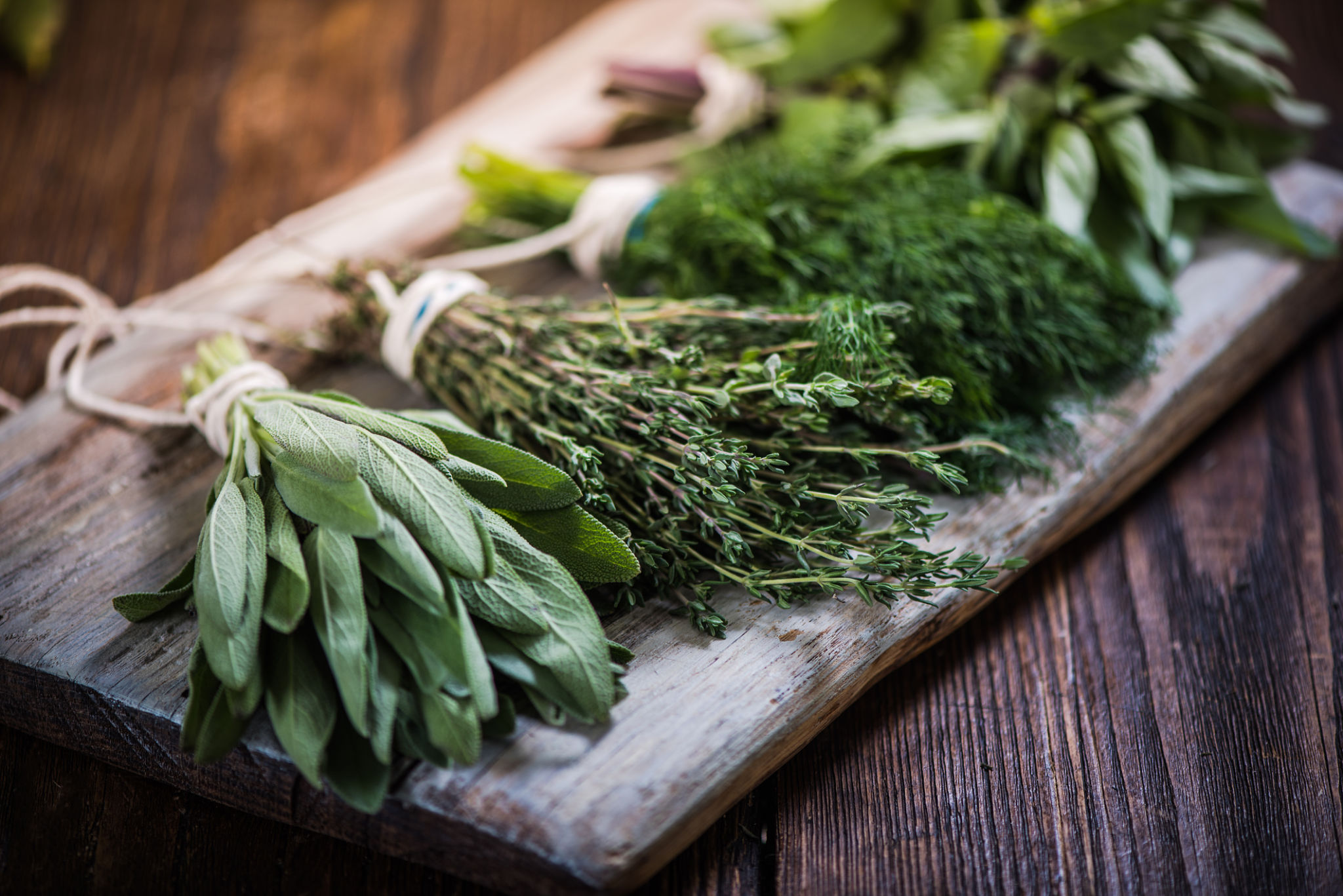How to Create Nutritious Meals Using Minimalist Ingredients
Embrace the Minimalist Approach to Cooking
In today's fast-paced world, finding time to prepare a nutritious meal can be challenging. However, embracing a minimalist approach to cooking can help you create healthy dishes using just a few ingredients. This method not only saves time but also reduces food waste, making it a sustainable choice.
The key to minimalist cooking is to focus on quality over quantity. By selecting a handful of versatile and nutrient-dense ingredients, you can create flavorful meals without the need for an extensive shopping list. Let's explore how you can make the most of your pantry staples and fresh produce.

Stock Up on Essential Ingredients
Before you start cooking, it's important to have a well-stocked pantry with a few essential ingredients. These items form the foundation of your minimalist meal planning. Some must-haves include:
- Whole grains like quinoa, brown rice, or oats
- Legumes such as lentils, chickpeas, and beans
- Healthy oils like olive oil or coconut oil
- Herbs and spices to add flavor without extra calories
By keeping these items on hand, you can easily whip up a meal with whatever fresh produce you have available.
Create Simple, Balanced Meals
With your essential ingredients ready, it's time to create simple yet balanced meals. A good rule of thumb is to include a source of protein, a healthy carbohydrate, and plenty of vegetables. Here are some ideas:
- Quinoa Salad: Mix cooked quinoa with canned chickpeas, chopped cucumber, cherry tomatoes, and a drizzle of olive oil.
- Vegetable Stir-Fry: Sauté mixed vegetables with tofu in coconut oil and season with soy sauce and ginger.
- Lentil Soup: Simmer lentils with carrots, onions, and garlic for a hearty soup.

Incorporate Seasonal Produce
One of the best ways to ensure your meals are nutritious is by incorporating seasonal produce. Seasonal fruits and vegetables are not only fresher and more flavorful but also more affordable. Visit your local farmers' market or grocery store to find what's currently in season, and let that guide your meal planning.
For instance, in the winter months, root vegetables like sweet potatoes and carrots are abundant and can be roasted for a delicious side dish. In summer, fresh berries and leafy greens can be the star of your salads.
Experiment with Flavors
Minimalist cooking doesn't mean bland meals. Experiment with different herbs and spices to create depth and complexity in your dishes. A sprinkle of cumin can add warmth to a soup, while fresh basil can brighten up a salad. Don't be afraid to mix and match flavors until you find combinations that excite your palate.

Remember, the goal is to enhance the natural flavors of your ingredients rather than overpower them. This approach not only keeps your meals healthy but also ensures they are satisfying and enjoyable.
Plan Ahead for Success
Planning is key when it comes to minimalist cooking. Take some time each week to plan your meals based on what you have in your pantry and what fresh produce is available. This will help you avoid last-minute trips to the grocery store and reduce food wastage.
Consider batch cooking or preparing ingredients in advance for quick assembly during busy weekdays. This way, you'll always have a nutritious meal ready to go, even when time is tight.
By following these tips, you can create delicious and healthy meals using minimal ingredients that nourish both body and mind.